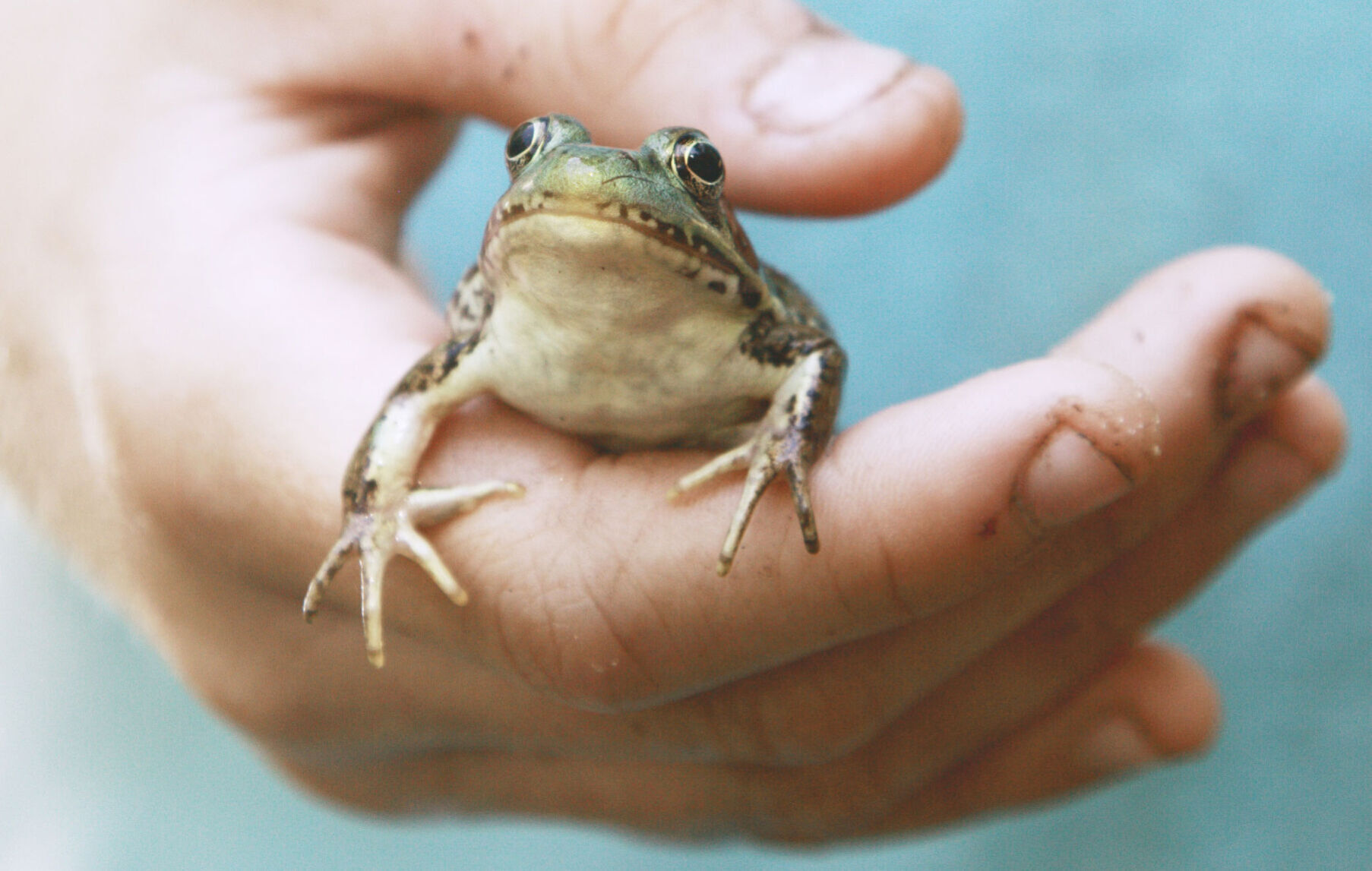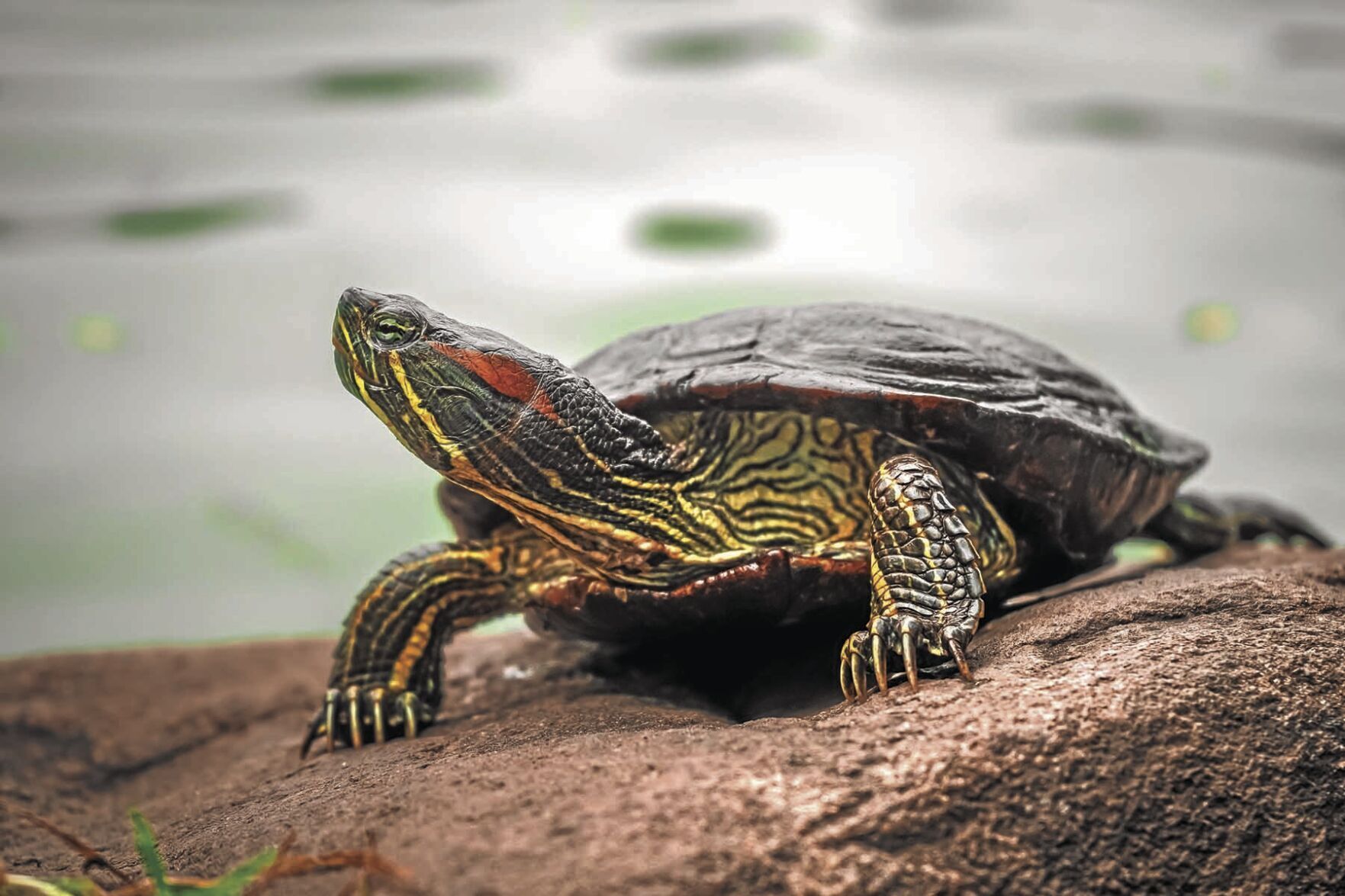Here’s what to feed your pet turtle or frog
Pet turtles and frogs need the right food to ensure that they have a complete, healthy diet. You might also need to feed them nutritional supplements to augment their diet and keep them looking and feeling healthy. Here are some considerations to make when feeding your aquatic reptile or amphibian, plus recommendations on some aquatic pet foods to try.
Natural diet
Research what times of day the species of your pet usually eats. If you try to feed a nocturnal species in the morning, they probably won’t eat, and on the flip side, if you try to feed a diurnal animal at night, they probably won’t eat either.
Most reptile and amphibian foods come in pellet form, but some come with freeze-dried insects.
Keep in mind that even if you have the right food for your pet amphibian or reptile, some can refuse to eat in captivity. Some species don’t eat insects in the wild, so they may refuse them at home, too.
Set up a hiding area for your pet so they feel a sense of safety and security. Or entice your pet by making their food smell like the prey they would eat in the wild.
Nutritional value
Many advancements have been made in the reptile and amphibian nutrition world, focusing on dietary supplements, feeder insects and a better understanding of calcium metabolism and vitamin D synthesis for reptiles and amphibians.
Most pet reptiles eat less varied food in homes than what they would consume in the wild, so they often don’t get all the nutrients they need, possibly leading to health deficiencies. Feeding them pellets is an excellent way to augment their diet, particularly for omnivores and herbivores. Many of the top foods are enriched with top-quality plant sources and vitamins.
Additional supplements in powder form can be sprinkled on food or in the water of your pet’s habitat.
Alex Kilpatrick writes for BestReviews, which has helped millions of consumers simplify their purchasing decisions, saving them time and money.


